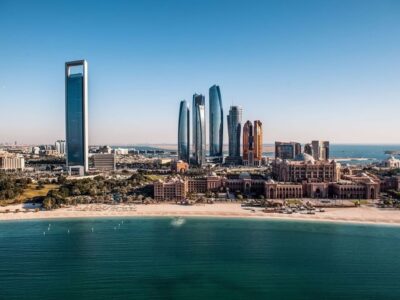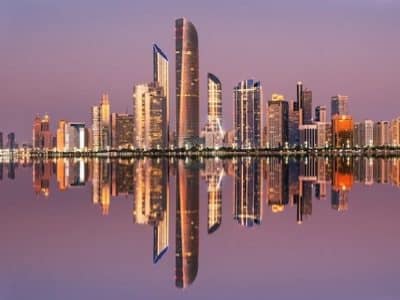The latest Economic Insight report for the Middle East projected a slowdown in the GCC economic growth rate to 2.7 percent this year from 3.9 percent estimated just three months ago, on account of continued cuts in oil production.
The report, however, said non-energy sectors are expected to drive growth in Saudi Arabia and the UAE in 2024.
“Despite the energy sector exerting downward pressure on GCC economic growth, robust non-energy performance is expected to offset some of the impact,” said the report commissioned by ICAEW and compiled by Oxford Economics.
It, however, added that disruptions in shipping routes through the Red Sea and Suez Canal have pushed up freight and raw material costs, suggesting possible loss of momentum in the coming months.
GDP growth projections for Saudi Arabia and the UAE have been revised to 2.1 percent and 4.4 percent, respectively, down from 4.4 percent and 4.8 percent three months ago.
These adjustments reflect a strong non-oil economy and the gradual easing of oil cuts from Q3.
“Recent data for Q4 2023 shows a 3.7 percent y-o-y decline in Saudi GDP, following a 4.4 percent contraction in Q3.
“Meanwhile, the UAE’s non-oil GDP is estimated to have expanded by 5.6 percent in 2023, driving overall GDP growth of 3 percent, the report said.
The sharp decline in GCC oil output last year, resulting from the introduction of oil cuts, set a very low baseline.
Even with the OPEC+ group’s voluntary extension of output cuts through Q2, the regional energy sector is poised for growth this year.
The report forecasts a cumulative expansion of the energy sectors by 1.3 percent, a notable turnaround from last year’s 5.7 percent decline.
Saudi Arabia’s economic resilience
In Saudi Arabia, specifically, oil activities are expected to grow by 0.7 percent this year after a 9.5 percent y-o-y plunge in 2023.
Non-energy sectors in the GCC are positioned to continue benefiting from government and private investment, the report said, citing the example of Saudi Arabia pushing forward with Vision 2030 by directing funds into giga and mega projects and turning its attention to Expo 2030 and the FIFA World Cup 2034.
Investment activity is expected to be strong in the UAE too as plans around ‘We the UAE 2031’, Dubai Economic Agenda D33, and other strategies are implemented.
Meanwhile, Qatar’s plans for LNG capacity expansion in the latter part of this decade are expected to have a positive medium-term impact.
Hanadi Khalife, Head of Middle East, ICAEW, said: “Despite the GCC economic outlook facing mounting headwinds from the war in Gaza and disruptions in Red Sea trade, we are encouraged by the resilience of non-energy sectors to drive recovery.”
The UAE and Saudi Arabia’s unwavering commitment to diversifying their economies away from oil and meeting ambitious vision deadlines, speaks volumes about their pragmatic and fiscally prudent approach, he added.
“Initiatives such as the Kingdom’s bond sales abroad to address fiscal deficits and the UAE’s removal from the Financial Action Task Force (FATF) grey list will enhance both countries’ reputations and help attract more foreign direct investment,” Khalife said.
The report also predicts GCC inflation to hover around 2.5 percent, primarily driven by housing costs.





